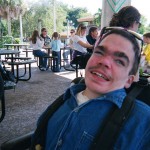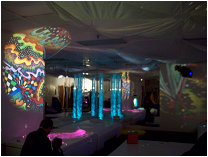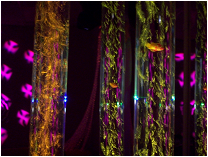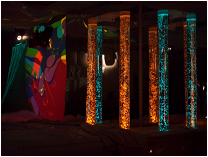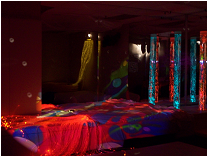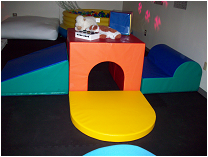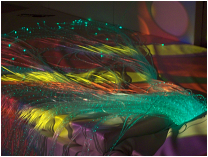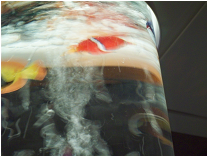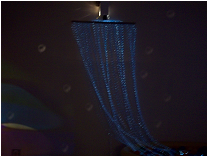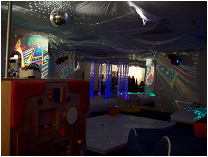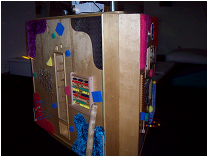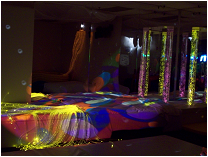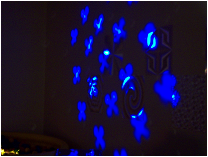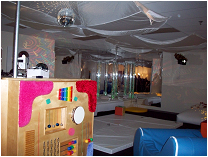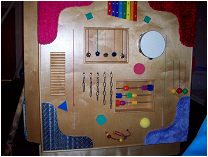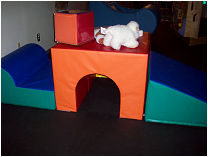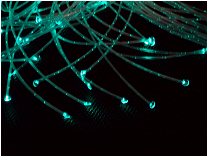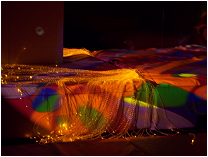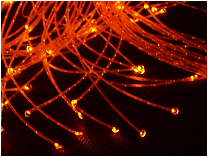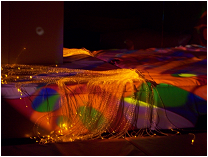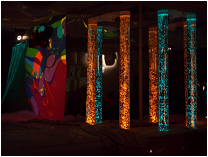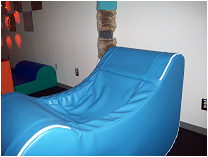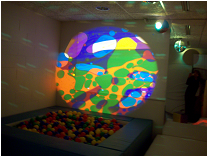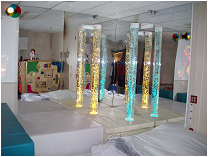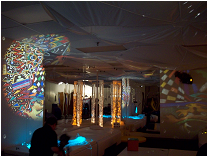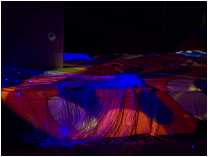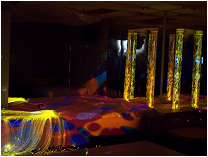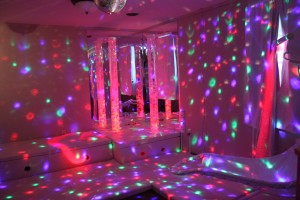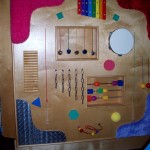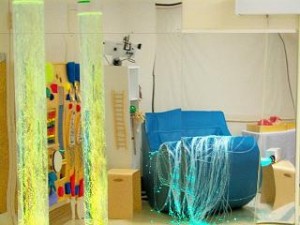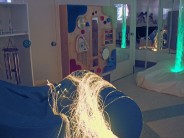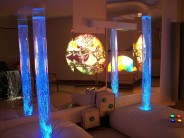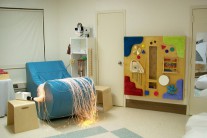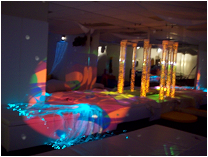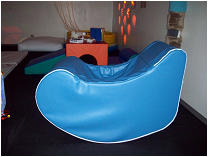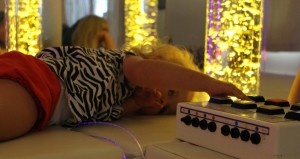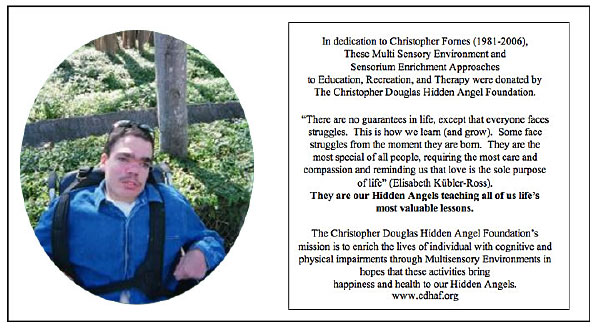“There are no guarantees in life, except that everyone faces struggles. This is how we learn (and grow). Some face struggles from the moment they are born. They are the most special of all people, requiring the most care and compassion and reminding us that love is the sole purpose of life.”– Elisabeth Kübler-Ross
These are our Hidden Angels – teaching all of us life’s most valuable lessons.
Regional School for Deaf and Blind gets new sensory room to stimulate, or relax students
MOBILE, Alabama — Tubes of yellow bubbles that can be changed to green or orange or red with the touch of a button.
A pit of iridescent plastic balls, big enough to sit in.
Plus a waterbed, vibrating platform and various objects to explore sound, including bells, tambourines and music.
These are the objects awaiting students in the new sensory room at the Southwest Alabama Regional School for the Deaf and Blind when they return to class later this month.
Sensory rooms, which are becoming more common for schools with disabled children and even in nursing homes for patients with Alzheimer’s disease, can be used to either stimulate or calm someone down.
Amy Hess, who teaches students mobility at the Regional School, said students often come to school excited and ready to learn. So, when it’s time to get to work they need to settle down. She said she anticipates bringing her students into the room so they can “chill and relax and get their fidgets out” as needed throughout the school day.
The school, which is located on Burma Road in west Mobile and is part of the Mobile County Public School System, has 76 students in pre-kindergarten through fifth-grade, and another 14 that it works with at the adjacent Kate Shepard Elementary.
Those students, as well as more from Little Tree Learning Center, for autistic children, and possibly some other schools, will now be able to use the sensory room, said Regional School Principal Mary Lou Casey.
“This opens up a whole new aspect of education for them,” Casey said. “That physical, emotional and social development.”
The Regional School received a $15,000 grant from Gadsden, Ala.-based Christopher Douglas Hidden Angel Foundation, which has installed nearly 50 sensory rooms in schools and other facilities throughout the United States and Canada over the last six years.
It matched those funds with grants from Community Foundation of South Alabama, the Mobile Area Education Foundation and Wal-Mart, and through fundraisers. The school sold $8,000 worth of colorful student art, some of which is now on display at car dealerships and other businesses around town.
Sandra Fornes, with the Hidden Angel Foundation, spent about a week designing the room, with blind and deaf students particularly in mind. In town installing the room this week, she put white mats all over the floor that students can be comfortable on, or that can be moved to give more access to students in wheelchairs.
The purpose of such rooms, she said, is to give people who otherwise have limited stimulation and control over their environments a chance to explore. Students can push buttons, or even breath into a device, to change all the colors, for example.
Fornes said she’s heard of students who are otherwise unresponsive coming into similar rooms and laughing and giggling. She said one school had an autistic child who spoke his first word in such a room: “blue.”
Many of the blind students at the Regional School have some vision, so they’ll be able to experience the colorful bubbles, hear them as they move up tubes and feel them vibrate.
Locally, the Augusta Evans Special School and Spanish Fort High School, which has a program for autistic students, have similar rooms.
Hess said she’s been wanting to build one for the Regional School for about 12 years now, since she interned at a school in California that has one. She spearheaded the fundraising and gave up her office for the space. “This is a dream come true,” she said as a group of adults explored the room Tuesday.
